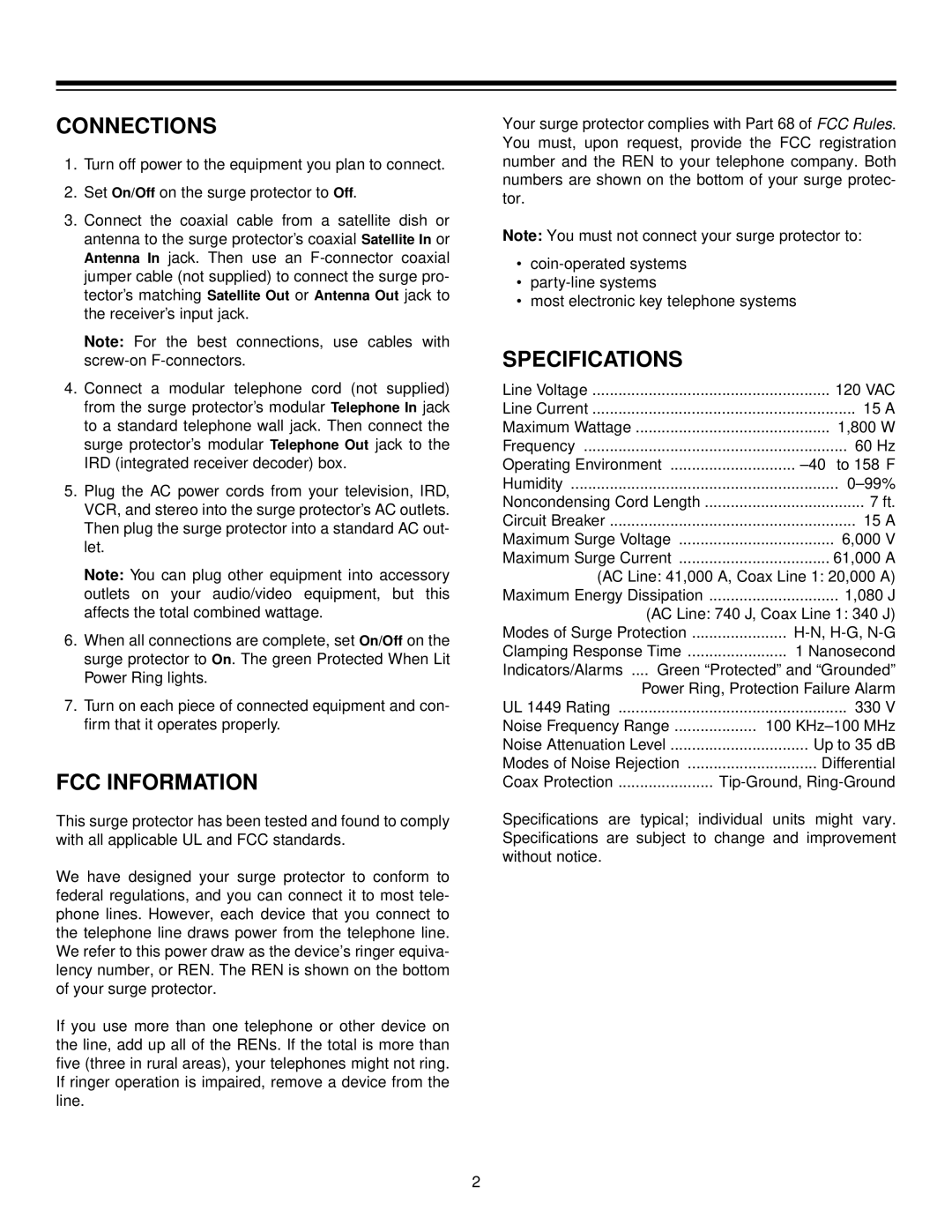61-2338 specifications
Radio Shack 61-2338 is a versatile FM stereo receiver that stands as a testament to the brand's legacy in consumer electronics. Known for its reliability and range of features, the 61-2338 appeals to both casual listeners and serious audiophiles alike.One of the standout features of the Radio Shack 61-2338 is its compact design, making it an excellent choice for small spaces or for users who are looking to integrate it into a home audio system without taking up too much room. Its lightweight construction allows for easy maneuverability, enabling users to position it as per their convenience.
The 61-2338 is equipped with an AM/FM tuner, which provides impressive reception clarity, allowing users to enjoy a wide range of radio stations without significant interference. This is particularly beneficial for users in areas where signal strength may be weaker. Moreover, the unit's analog dial adds a vintage charm that appeals to traditional audio enthusiasts.
Another key characteristic of the Radio Shack 61-2338 is its user-friendly interface. The controls are well laid out and intuitive, making it easy for users to switch between stations, adjust volume levels, and modify tonal settings without any hassle. The inclusion of a headphone jack offers privacy for listening sessions, while the speaker outputs cater to larger setups.
In terms of output power, the 61-2338 delivers a commendable audio experience with well-defined bass and clear highs, making it suitable for various types of music. Whether you enjoy classical tunes, rock, or talk radio, the quality of sound reproduction remains consistent across genres.
The unit also showcases a sturdy build that enhances longevity, essential for users who seek a reliable audio component for their home entertainment systems. With its combination of vintage aesthetic and modern functionalities, the Radio Shack 61-2338 has carved out a niche among collectors and everyday users alike.
Overall, the Radio Shack 61-2338 serves as a great option for anyone looking to enjoy quality sound and ease of use in a compact format. Its blend of features, user-friendly design, and dependable performance makes it an enduring piece of audio equipment that stands out in the world of consumer electronics. Whether you're rediscovering the joy of radio or looking to enhance your listening experience, the 61-2338 promises to deliver.
